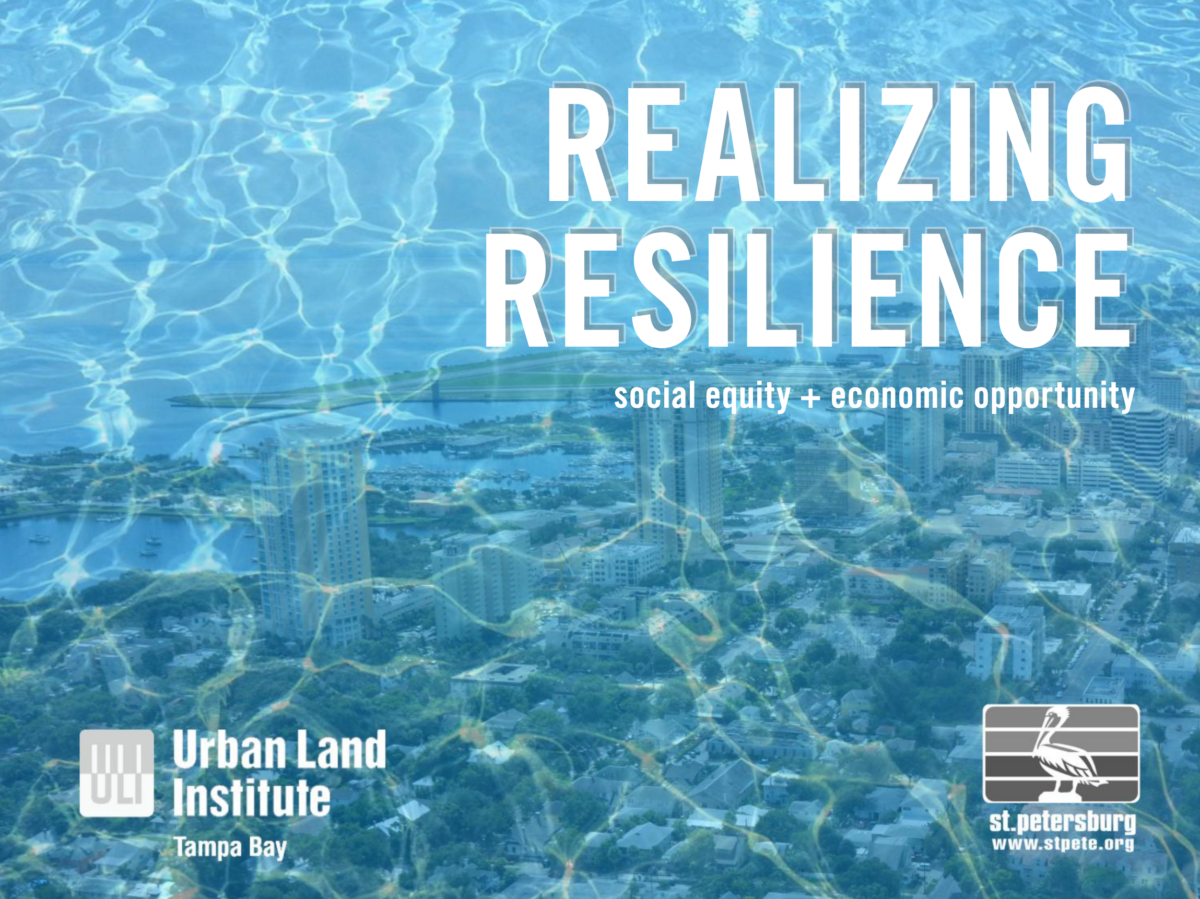Leveraging “Resiliency”

Cities have emerged as frontline sites in efforts to mitigate climate change. Former New York Mayor Michael Bloomberg is perhaps the highest-profile embodiment of the trend. On June 5th, for example, Bloomberg, who currently serves as the UN Special Envoy for Cities and Climate Change, submitted a statement to the UN on behalf of more than 1,000 US mayors, governors, businesses and universities that remain committed to meeting the goals of the Paris climate agreement.
The nexus between cities and climate action is both necessary and unavoidable, particularly when one considers their population, resource and emission footprints as well as their physical vulnerability given that 90% of urban areas worldwide are coastal. Superstorm Sandy provided a glimpse into this harrowing future for the Eastern seaboard in 2012. Meanwhile, in New Orleans, nearly 1 and 3 black residents have not returned following Hurricane Katrina in 2005, the worst urban disaster in modern US history.
In response to these challenges and opportunities, a new and evolving urban planning framework offers a path forward through “resiliency.” A recent report from the Urban Land Institute, in partnership with the City of St. Petersburg, Florida, provides a useful window into this approach:
Being a resilient city is not just about preparing for the physical inevitabilities of sea level rise and the increasing threat of storms. It is preparing residents, neighborhoods, businesses and government for whatever shocks the future holds by providing communities with the resources to withstand, respond and thrive in the face of pressures.
Resiliency is defined by the ability to prepare and plan for, absorb, recover from, and more successfully adapt to adverse events. These adverse events can include shocks, such as hurricanes or floods, as well as chronic stresses, such as unemployment, poverty or lack of food access.
The report was the result of a two-day workshop on economic development and social equity strategies facilitated by the Urban Land Institute and attended by 75 stakeholders, including the mayor, City Council members, community leaders, and municipal staff. The central theme of the event was clear: “In order to be a resilient city, you have to be an equitable city, too,” Jeffrey Herbert, Deputy Mayor and Chief Resilience Officer of the City of New Orleans, explained.
The report’s recommendations include a bevy of suggestions for achieving these goals, from promoting homeownership and energy efficiency retrofits in low-income communities to building mixed-use, mixed income housing to “greening” vacant lots into rain gardens. The recommendations also include process-oriented suggestions for forging new collaborative partnerships between city staff and community organizations, especially those from vulnerable sectors.
The strategic opportunities presented by the “resiliency” framework should not be overlooked by grassroots organizers and human rights advocates:
- First, implicit in the frame is a recognition the climate crisis has interrelated ecological and social dimensions, and that “solutions” must not exclude the vulnerable – the poor, the young, the elderly, and communities of color;
- Second, it provides a set of generally progressive metrics by which to assess and hold accountable government and private sector activity;
- Third, the successful implementation of the framework actually depends on effective grassroots mobilization that can define and realize the interests of vulnerable communities; and
- Lastly, while the need for grassroots power-building is a constant, “resiliency” provides an opening to focus on forward-looking, collective solutions for poverty, pollution, sub-par housing and infrastructure, and social exclusion.
As the resiliency framework continues to gain purchase across the country, from large metro areas to smaller coastal cities, there will be an ever-greater need to track the policies emerging from these experimental laboratories, to map their compatibility with an economic and social rights platform, and to support the development of grassroots capacity to leverage the moment.
